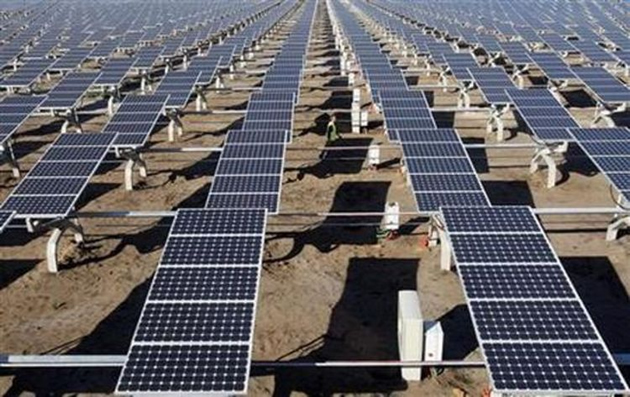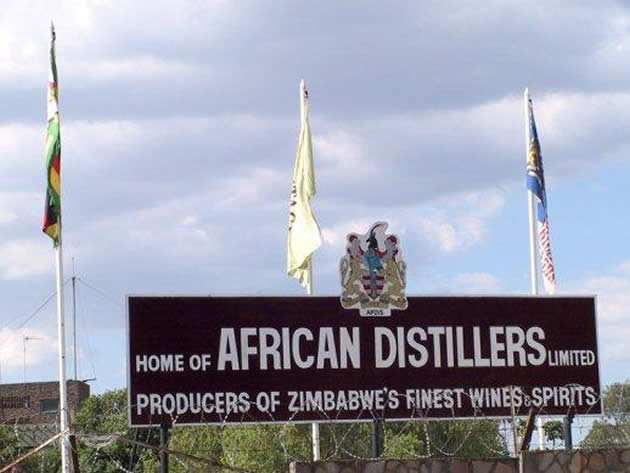No pressure on emission targets

 Jeffrey Gogo Climate Story
Jeffrey Gogo Climate Story
Zimbabwe has finalised mandatory proposals on how it plans to reduce greenhouse gases emissions after 2020, but it will not tie itself down to implementing policies that disrupt economic development.
The plan centres on adaptation and contains components on vulnerability and mitigation, to be achieved by ramping up investments in renewable energy, says Mr Elisha Moyo, principal climate change researcher in the Environment, Water and Climate Ministry.
All countries are now obliged to submit proposals to the UN on how they intend to curb emissions through what are known as intended nationally determined contributions (INDCs), by September-end, latest.
The controversial INDCs are the building blocks towards a new global climate treaty to replace the expired Kyoto Protocol at a crucial conference in Paris in December.
Under the Kyoto Protocol, only developed countries were compelled to commit, but that plan has failed, as several countries disregarded their historical responsibility.
“The plan details Zmbabwe’s national circumstances and its contribution to the UN Framework Convention on Climate Change (UNFCCC),” said Mr Moyo last week, by telephone.
“That includes vulnerability to climate change, commitment to dealing with climate change, that is reducing emissions, but most critically to adapt to climate change.”
Zimbabwe’s INDCs now await what Mr Moyo called “high level validation”, essentially a euphemism for Cabinet approval, before submission to the UN.
He hopes the country will be in a position to meet up with the September-end deadline.
Specific details on the planned interventions were not immediately available. We are looking at clearly defined strategies and numbers, the amount of emissions Zimbabwe will avoid or sequestrate beyond 2020, how it will achieve that, and the kind of financial or technological support it requires to achieve those reductions.
For example, between 2020 and 2030, Benin, which has already submitted its INDCs, hopes to remove 163 million tonnes of carbon dioxide equivalent through reforestation and tree planting. That’s Benin’s unconditional contribution.
But the West African country will need $30 billion of support to achieve its mitigation and adaptation goals in the 15 years to 2030.
And that support industrialised countries are expected to provide. In its intended nationally determined contributions to the UN, the Democratic Republic of the Congo promised a reduction of 17 percent below 2000 levels by 2030, but that’s subject to the provision of $12,5 billion for mitigation and $9,1 billion for adaptation.
No pressure on emission targets
Mr Moyo said Zimbabwe will not pressure herself setting targets on emission cuts, as is common among industrialised states or, as announced by some excitable African nations.
“We will communicate what we feel is best for the country.” he emphasized, but refused to comment on the level of funding the country will require.
The National Climate Change Response Strategy says Zimbabwe needs $10 billion to achieve its mitigation and adaptation goals within the next decade.
“Our contributions are going to be conditional, they are subject to the availability of affordable means of implementation, be it funding or technologies,” Mr Moyo.
“The actual contribution will consists of the adaptation component where we speak about the adaptation issues and possible interventions that are required and the possible means of implementation.”
“The mitigation component speaks about our mitigation potential. Renewable energy and energy efficiency will be part of our focus. The entire plan will align with our national developmental goals.”
In the next 10 or so years, developing countries should be left out to develop, though sustainable, using the latest technologies that yields maximum possible productivity, Mr Washington Zhakata, director for climate change in the Environment Ministry, argued in a previous interview.
At the policy level, changes are beginning to take shape. As part of the mitigation plan, all future dams to be built in Zimbabwe will be required to include a hydro-power generation component, according to the Renewable Energy Policy, currently being developed.
The National Energy Policy of 2012 lays out plans for expanding solar, hydro and biofuels by end of this decade.
All new homes and commercial buildings will be required to use only solar geysers. That was due for enactment beginning 2013. It did not happen.
Arguably, Zimbabwe may remain carbon neutral for many years to come. The economy has struggled to recover from the economic crisis that peaked in 2008, with annual GDP growth averaging 4,4 percent since. This may not change for a while, realistically.
According to the Second National Communication, 88 million tonnes of carbon dioxide CO2e were removed in 2000, trapped by Zimbabwe’s 15,6 million hectares forests, against national total emissions of 25 million tonnes of carbon dioxide equivalent.
More work to do
Only 56 countries of the near 200 UNFCCC members have published their INDCs to date.
Those published include that of major polluting economies in the European Union, the United States, Canada, Japan, Australia and China.
The US intends to achieve an economy-wide target of reducing its greenhouse gas emissions by 26-28 percent below its 2005 level in 2025.
China, which together with the US account for 50 percent of global emissions, said it will cut emissions per unit of GDP by 60 to 65 percent from the 2005 level as well as peak carbon dioxide emissions by 2030, but all this depends on its economic development goals.
The 27-member European Union set itself a target of at least 40 percent emissions reductions by 2030 compared to 1990 levels.
What is striking about the industrialised countries intended contributions is their silence on climate and adaptation finance, a fundamental deliverable for African countries.
Now, without financial assistance, the continent will find it tough to fulfil their INDCs undertakings. No-one should blame Africa if those contributions are not fulfilled on time.
God is faithful.










Comments